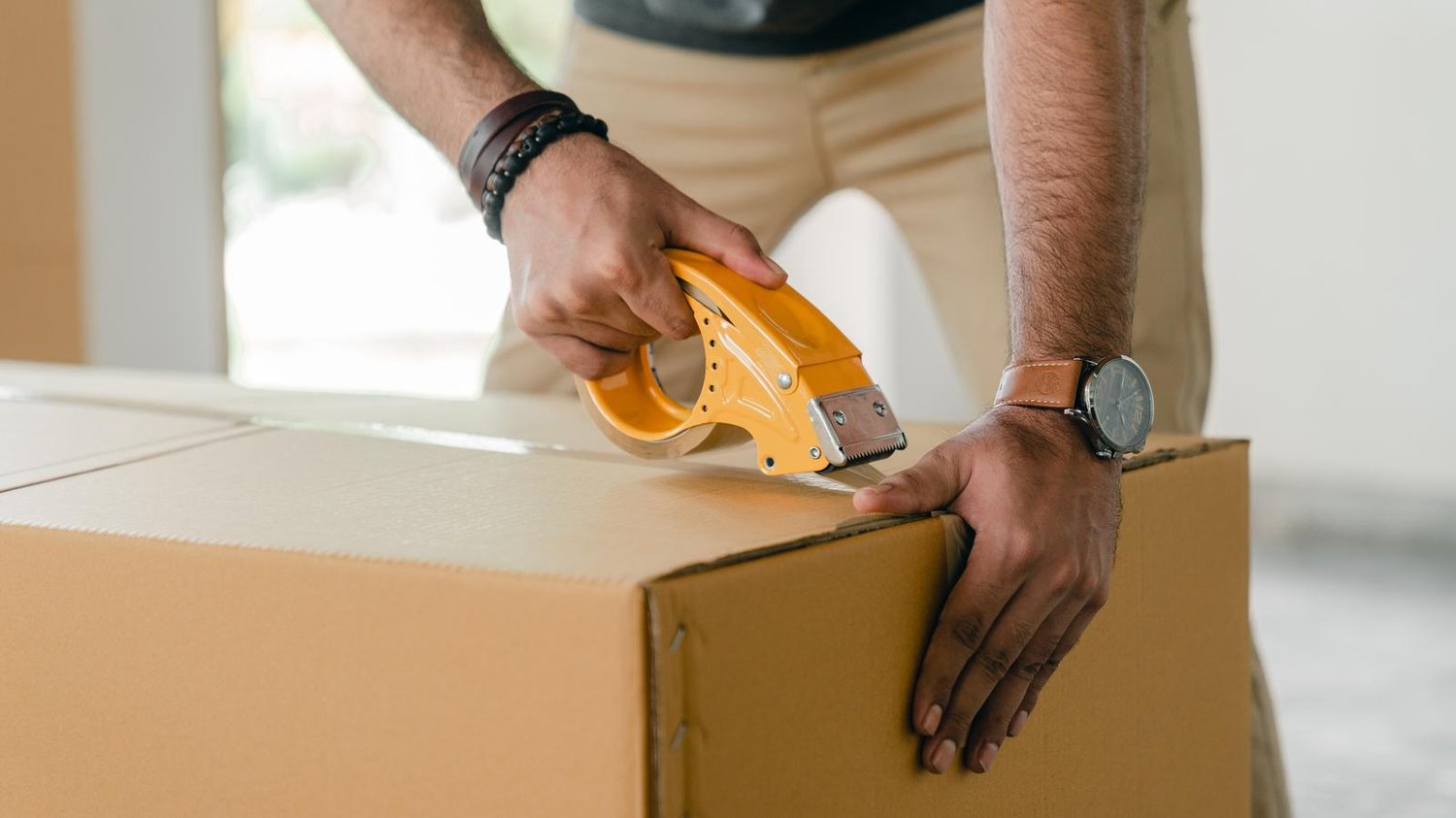Introduction: When it comes to tackling DIY projects that involve tensioning, using a tensioner can be a game-changer. Whether you're working on a fencing project, rigging, or anything that requires tension adjustment, it's essential to use a tensioner effectively and safely. In this guide, we'll provide you with 10 effective tips to ensure that you get the most out of your tensioner in your DIY endeavors.
1. Choose the Right Tensioner: Selecting the appropriate tensioner for your specific project is the first crucial step. Consider factors such as load capacity, the type of tensioner (ratchet, cam buckle, or other), and the materials you're working with. A mismatch can lead to inefficiency and safety concerns.
2. Familiarize Yourself with the User Manual: Before using a tensioner, take the time to read and understand the user manual provided by the manufacturer. It will outline essential information regarding proper usage, maintenance, and safety precautions.
3. Wear Protective Gear: Safety should always be a priority in DIY projects. Depending on your project, this may include gloves, safety goggles, or other protective equipment to shield yourself from potential accidents or flying debris.
4. Check the Tensioner Regularly: Regular inspections of your tensioner are crucial. Look for signs of wear and tear, such as frayed straps or damaged components. A well-maintained tensioner ensures reliable performance and minimizes the risk of failure.
5. Use Properly Rated Components: Ensure that all components involved in the tensioning system, such as straps, hooks, and anchors, are rated for the load they will be subjected to. Mixing incompatible components can compromise safety and effectiveness.
6. Maintain Proper Tension: Achieving the correct level of tension is essential for the success of your project. Over-tightening can cause damage, while under-tightening may not provide the desired result. Follow the manufacturer's guidelines for achieving and maintaining proper tension.
7. Use the Tensioner Correctly: Understanding how to operate the tensioner correctly is vital. Different types of tensioners have specific usage instructions, and improper use can lead to inefficiency or accidents. Always follow the recommended procedures.
8. Be Aware of Safety Precautions: Many accidents can be prevented by observing safety precautions. Be cautious of potential hazards in your work area and follow safety guidelines, such as keeping bystanders at a safe distance and avoiding pinch points.
9. Consider the Environment: Take into account the environmental conditions where you're using the tensioner. Factors like temperature, humidity, and exposure to elements can affect the tensioner's performance and durability. Choose a tensioner that suits the environmental conditions.
10. Seek Professional Help if Needed: If your DIY project involves complex tensioning or if you are unsure about the correct usage of the tensioner, don't hesitate to seek professional advice or assistance. A qualified expert can ensure your project is carried out safely and effectively.
Conclusion: Incorporating these 10 effective tips into your DIY projects involving tensioners will help you work more efficiently and safely. Remember, the right equipment, proper usage, and attention to safety are the keys to successful tensioning projects. So, take your time, stay informed, and enjoy the satisfying results of your DIY endeavors.
We welcome any questions or feedback you may have, so don't hesitate to get in touch with our knowledgeable team

